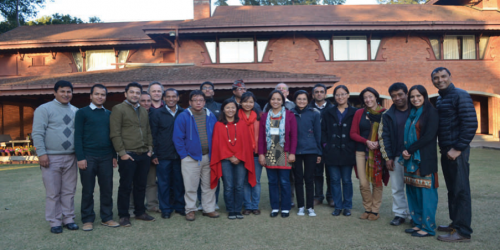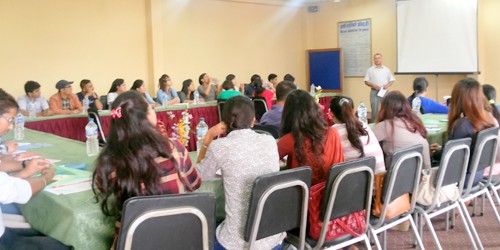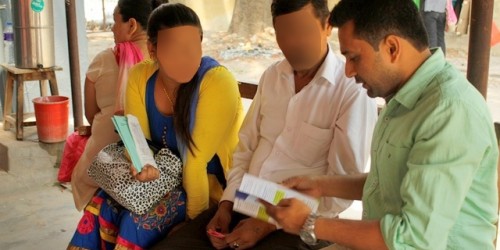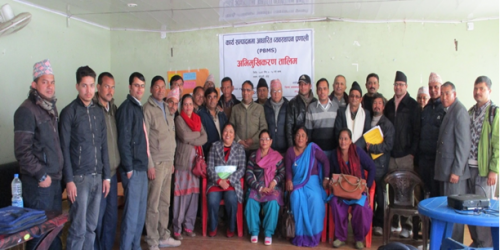Study to determine the status MMR, NMR and IMR in three districts
Project Progress :
Started Date:January 07 2018 Completed Date:December 31 2018
Study to determine the status MMR, NMR and IMR in three districts
Categories :Implementation Research
CompletedMaternal, Neonatal and infant mortality is one of the priority public health issues in developing countries like Nepal. Nepal has made a substantial progress in many aspects of health care delivery; however, mortality trend remains a significant health challenge in the country.
In past two decades, only a marginal reduction was achieved in neonatal and infant mortality rate - from 50 in 1996 to 21/1000 live births in 2016 and from 78 in 1996 to 32/1000 live births in 2016 respectively (NDHS, 2016). The data shows that for a Nepalese child who survives neonatal phase of its life, the risk of dying is reduced by two-fifths during infancy stage of the first year of life. The data illustrated below shows significant reduction in maternal mortality ratio from 539 per hundred thousand live births in 1996 to 239 per hundred thousand live births.
Mortality rate is higher in rural areas compared to urban settings, least wealthy households, and socially disadvantaged castes and ethnic groups. However, measuring mortality in developing still poses a major challenge. In Nepal, vital registration of medically certified births and deaths is non-existent or incomplete. Currently available methods to measure mortality rate pose problems with respect to validity, precision, cost and time.
Mortality measurements have significant roles to play in monitoring health status and well-being in Nepal. The plan for development as a whole and for the health sector specifically, prioritizes mortality reduction as an indicator of the impact of all socioeconomic development efforts. Maternal mortality reduction has also been a global, regional, and national commitment, with a vital role to be played in the Agenda for Sustainable Development. A major target under Sustainable Development Goal 3 is to reduce the global maternal mortality ratio to less than 70 per 100,000 live births.
In the absence of a reliable measurement of mortality through a civil registration system, household surveys are an important source of mortality statistics. Household surveys, in particular provide mortality data for children and mothers through birth and sibling survival histories that are under reported. Further reduction in mortality is necessary to continue improvements in maternal, neonatal and infant survival.
Therefore, the study aims to determine maternal mortality ratio, neonatal and infant mortality rate in Nuwakot, Ramechhap and Solukhumbu districts though intensive consultation with key informants.
The main objectives of this study are:
- to determine maternal mortality ratio, neonatal and infant mortality rate in three districts
- to identify/ gather information regarding the underlying cause/ determinants of deaths
- to disseminate knowledge and information for policy makers, stakeholders and relevant actors
- to develop an enabling environment for strategic interventions to reduce maternal, neonatal and infant mortality
- to support and further strengthen safe motherhood practices and their interventions
Coverage:
- Nuwakot
- Ramechhap
- Solukhumbu




